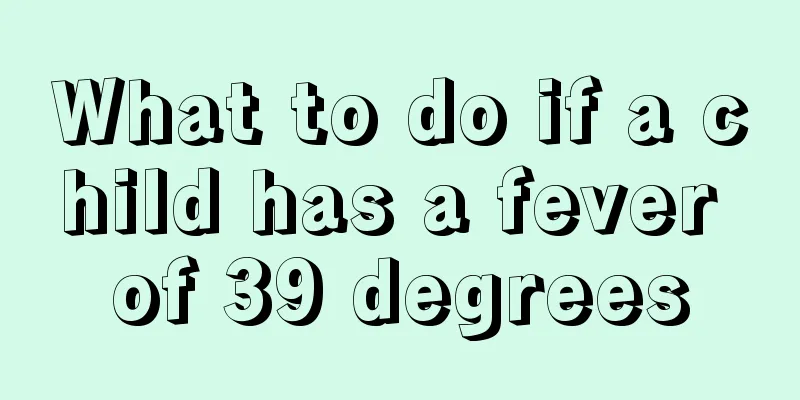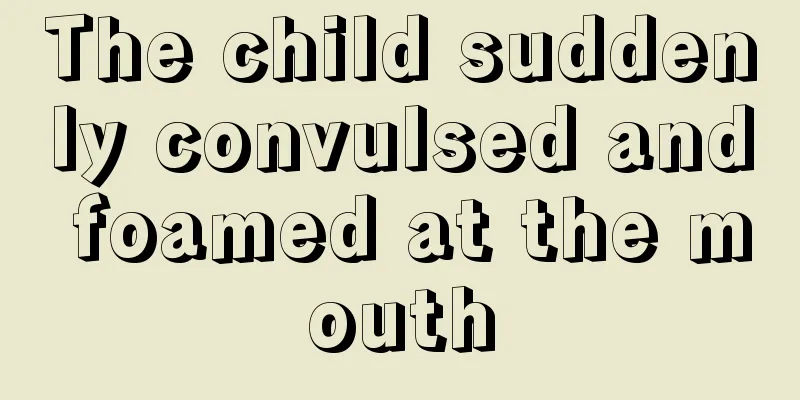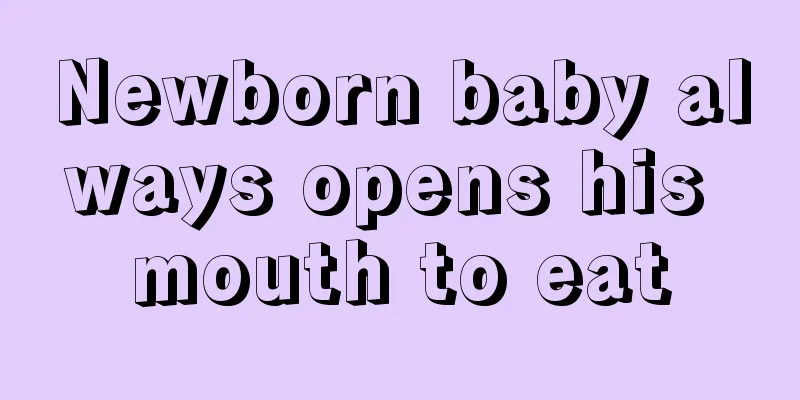What to do if a child has a fever of 39 degrees

|
In life, many children often have fever due to inflammation in their bodies. Children's fever is the most worrying for mothers, because after they have a fever, not only will their cheeks become red, but their hands and feet will also become cold. They will feel pain all over their body and look particularly listless. Therefore, children's fever must be reduced in time, otherwise it is easy to cause encephalitis. So what should we do if a child has a fever of 39 degrees? The normal human temperature is about 37 degrees. A fever is considered 0.5 degrees higher than the normal body temperature. 39 degrees is 2 degrees higher than the normal body temperature. When a child has a fever above 39 degrees, it is considered a high fever. Parents should take their children to see a doctor immediately and perform emergency and necessary physical fever-reducing treatment while sending them to the hospital. A fever of 39 degrees is considered a high fever. Generally speaking, if the child's complexion is normal or flushed, he or she can be safely cared for at home; if the complexion is dull, yellow, blue, or purple, and the eyes are dull, it means that the condition is serious. When a child has a fever, parents should not blindly reduce the fever. Instead, they should go to the hospital to find out the cause of the fever and provide appropriate treatment based on the results. Because fever is a normal defense reaction of the body, colds, leukemia, and even other diseases can all show symptoms of fever. A high fever of 39 degrees is indeed serious, but most people mistakenly believe that a high fever that does not go away will damage the brain. In fact, whether high temperature can damage the brain is related to the temperature and duration. Only when the body temperature exceeds 42 degrees and lasts for a long time, the protein in the human body will begin to denature and cause direct damage to the brain! Most of the diseases that affect intelligence and brain development are meningitis or hypoxic encephalopathy caused by constant convulsions. These are all due to the course of the disease itself, not the temperature; and most of these diseases will have symptoms of persistent high fever (even if the temperature is below 42 degrees). This has led to the common misconception that high fever can damage the brain. The basic way to distinguish between the two is to observe the child's appetite and energy. In the case of serious infections such as meningitis or sepsis, children will have poor appetite and activity, become drowsy all the time, and may vomit if the intracranial pressure increases. Therefore, when a child has a fever, parents must "observe the child's words and expressions" and seek medical attention immediately if they find the above symptoms. |
>>: What is the cause of the thick yellow tongue coating in children?
Recommend
Why does a child's tongue coating turn black?
The health of children is what every parent cares...
What are the dangers of children eating French fries?
Many children like to eat French fries very much....
The baby wakes up more frequently at night
Babies always wake up at night out of habit. Many...
Why does the baby cry in the middle of the night?
When taking care of a baby, you will always encou...
Blood spots on the child's face
Parents are more worried when their children are ...
What can I eat to prevent precocious puberty?
Precocious puberty itself is an endocrine disease...
Why do children blink when watching TV?
Nowadays, almost every family has a TV. Children ...
Why does my baby walk late and talk late?
Everyone knows that babies nowadays can generally...
How to quickly relieve toothache in babies
Everyone knows that toothache is not a disease, b...
What are the dangers of root canal treatment of deciduous teeth?
Although teeth are extremely strong, they are ver...
How to collect heel blood from babies
Generally speaking, when examining newborn babies...
The order in which children lose their teeth
Losing teeth is something that everyone will expe...
Is it okay for a nine-month-old baby to sleep on his stomach?
A nine-month-old baby is not yet one year old. At...
Baby facial rash
When a newborn baby just comes out of the mother&...
What to do if your child lacks confidence
In daily life, there are many ways to show a lack...









